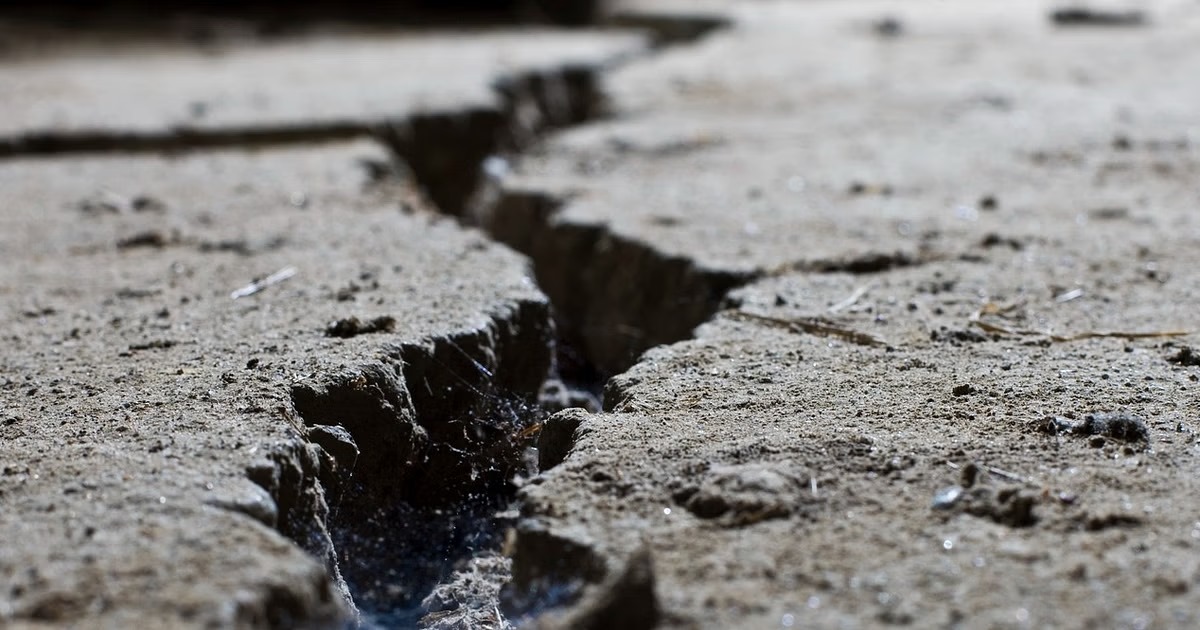Earthquake of 4.2 Magnitude Shakes Mahesana, Gujarat
Mahesana, Gujarat | November 16, 2024
In the late hours of Friday night, the residents of Mahesana district in Gujarat were jolted by an earthquake measuring 4.2 on the Richter scale. The tremors, which were felt across several northern districts of the state, were recorded at approximately 10:15 PM. The epicenter of the earthquake was located 13 km south-southwest of Patan, as confirmed by the Institute of Seismological Research (ISR) based in Gandhinagar.
People across Mahesana, Banaskantha, Patan, and Sabarkantha districts, who were at home or out on the streets, felt the ground shake for about two to three seconds. As a natural reflex, many residents rushed out of their homes in fear of aftershocks. Fortunately, no reports of casualties or property damage have emerged as of now, with officials from the state control room confirming that the earthquake did not cause significant harm.
The earthquake’s epicenter was located at a depth of 10 km, with coordinates 23.71 N and 72.30 E in the Mahesana region. It occurred about 219 kilometers northeast of Rajkot, a major city in the state. The tremors were brief but intense enough to make their presence felt across the region. As the seismic waves propagated outward, they sent a sense of urgency and fear through local communities, though the lack of significant damage brought some relief.
This earthquake is a reminder of the seismic activity that often affects Gujarat, a state with a long history of tremors. Gujarat lies in an area that is seismically active, and it has witnessed numerous earthquakes over the years. In fact, the region has suffered nine major earthquakes in the past 200 years, with the most devastating being the catastrophic earthquake on January 26, 2001, in the Kutch district. The 2001 quake, with a magnitude of 6.9, remains one of the deadliest earthquakes in India’s history, claiming nearly 13,800 lives and injuring over 167,000 people.
The 2001 Kutch earthquake, which had its epicenter near Bhachau, caused widespread destruction across Gujarat and left lasting scars on the region. It was the third-largest earthquake India has experienced in the last two centuries, and its impact continues to be felt in the memory of the people.
More recently, the state has experienced smaller tremors. On November 3, a 3.4 magnitude earthquake hit the Kutch region. Earlier, on October 27, a 3.7 magnitude earthquake was recorded in Amreli district in Saurashtra. Thankfully, these tremors did not cause any casualties or significant damage, but they served as a reminder of the ongoing seismic risks in the state.
Despite the absence of damage in this recent earthquake, Gujarat remains highly vulnerable to seismic activity. With its proximity to active fault lines and a history of large-scale earthquakes, the state continues to be on high alert for future tremors. The Gujarat State Disaster Management Authority (GSDMA) keeps close tabs on seismic activities and encourages preparedness among the local population, especially in areas like Kutch, which are considered particularly earthquake-prone.
While the 4.2 magnitude earthquake that struck Mahesana on Friday night did not cause any harm, it underscores the need for vigilance in a region that has witnessed the power of seismic forces in the past. It also highlights the importance of disaster preparedness and the need for timely response mechanisms to mitigate the impact of future earthquakes in this region. As Gujarat continues to recover from past disasters and prepares for the future, the resilience of its people remains a critical factor in weathering such natural calamities.


